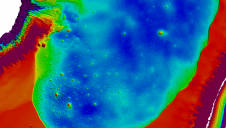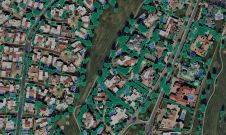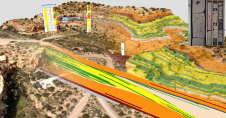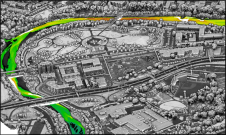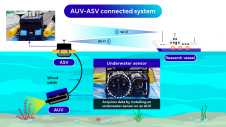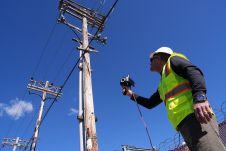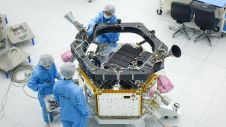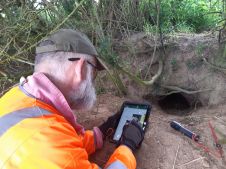Product Survey on GNSS Receivers
Last year we replaced the term GPS (Global Positioning System) by GNSS (Global Navigation Satellite System) because of their gradual evolution into real navigation systems. The receivers listed here represent the high-end segment aimed at achieving survey accuracy.
A recent newspaper article headlined "Made in China Rapidly Changing to Made by China" reported a 33% increase in registration of patents of Chinese origin in 2006 compared to 2005. With an annual 170,000 registrations, China now holds third place in the world after the US and Japan (source: World Intellectual Property Organization (WIPO). So it is surprising that we welcome to our current Product Survey just one new Chinese GNSS receiver manufacturer, China HuaCe, founded in 2002 and based in Shanghai. It is rumaired, other Chinese and Asian manufacturers are ready to launch new instruments at Integeo 2007. Although Hemisphere GPS is a new name it was formerly known as CSI wireless Inc. Another newcomer is Altus Positioning Systems.
OEM
Original Equipment Manufacturer (OEM) refers to a company that acquires a product or component from a dedicated manufacturer and incorporates it into a product of its own, bringing it to the market under its own brand name. The use of OEM products has also found its way to GNSS receivers. Trimble, for example, subcontracts the manufacture of pretty well all its GPS subsystems to Solectron Corporation. As OEM boards form the fundament of many GPS receivers, those manufactured by Hemisphere GPS, Novatel and Septentrio are included as examples.
GNSS Trends
The technological trend is towards integration of GNSS with other techniques. Seamless navigation from outdoor to indoor or from gate to gate, for example, can only be achieved by integrating GNSS with other sensors and data. On the consumer market, mobile phones are gradually becoming equipped with a GPS or GNSS chip, and it is true that, as with Lidar, new applications depend not so much on technological constraints as on the limits of human imagination. Galileo input is still limited; the EU and USA recently agreed on collaboration. And how will the Chinese Beidou system develop? See for an answer this month's Pinpoint.

Value staying current with geomatics?
Stay on the map with our expertly curated newsletters.
We provide educational insights, industry updates, and inspiring stories to help you learn, grow, and reach your full potential in your field. Don't miss out - subscribe today and ensure you're always informed, educated, and inspired.
Choose your newsletter(s)




